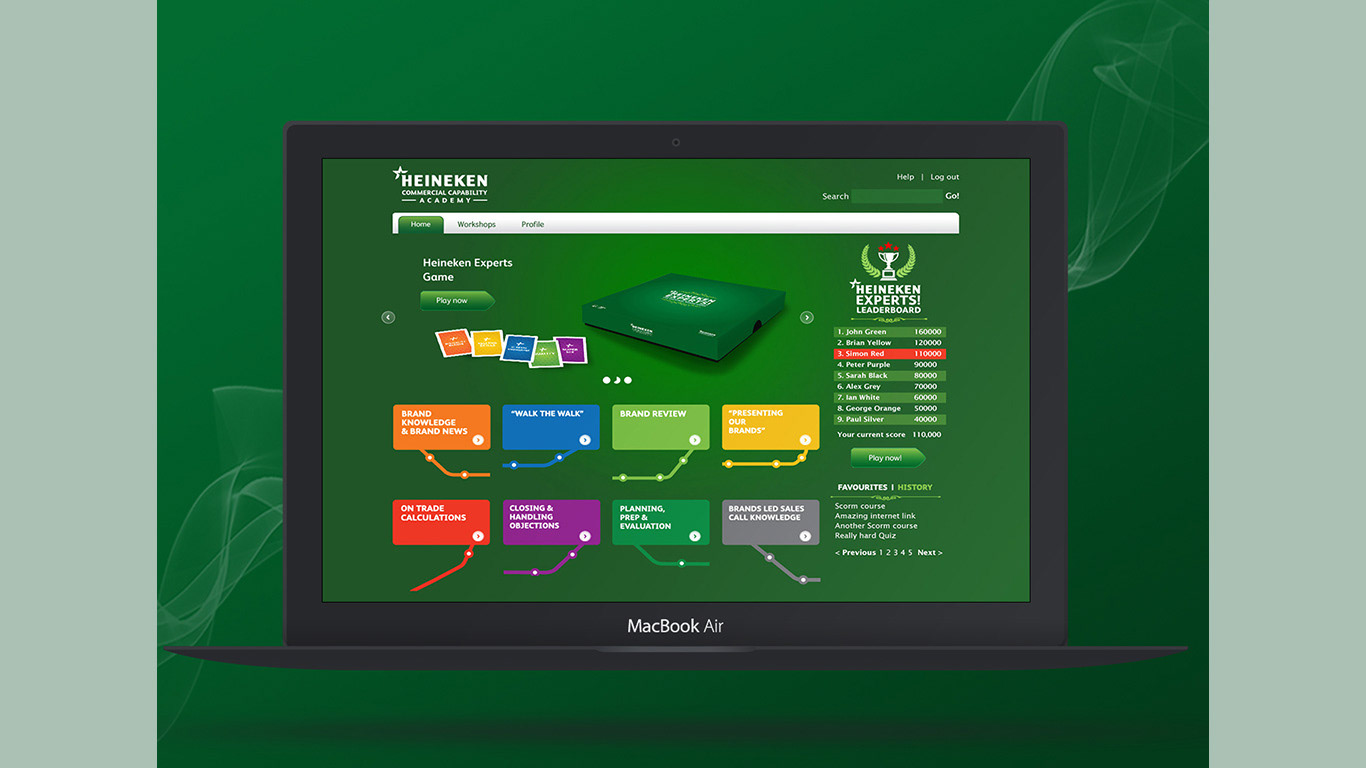⸺
Truck Remote Control
Redefining truck operations
The Scania Remote Control Project focused on developing an advanced system for remotely operating vehicles, enhancing safety and operational efficiency. This complex project was driven by strong leadership, underpinned by Scrum principles and user-focused design strategy. The project’s success was made possible through collaborative efforts, agile leadership, and a clear focus on the user experience.
Role: UX Strategist | SCRUM Master
Tools: Figma | Rhinoceros 3D
Design process: Research & Synthesis | Architecture & UX Design | Prototyping & Testing | UI Design
Key Objectives
The primary objective of the Scania Remote Control Project was to develop a user-friendly system that enhances both operational efficiency and safety. The solution needed to be intuitive, minimizing the learning curve for operators while maximizing ease of use.
Another key goal was to ensure the system aligned with Scania's long-term vision of increasing automation and innovation within their transport solutions. Additionally, the project needed to be delivered on time and within budget, meeting all technical and business requirements.
Cross-functional collaboration was a priority to ensure the integration of diverse expertise from design, engineering, and software development, leading to a well-rounded solution. Finally, incorporating feedback from both stakeholders and users throughout the development process was essential to delivering a product that addressed real-world needs and business goals.
To measure the success of the project we have set several KPIs
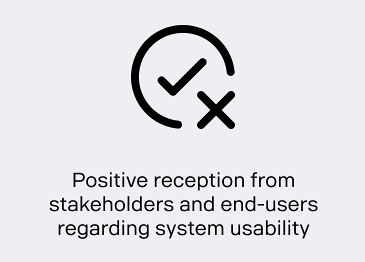
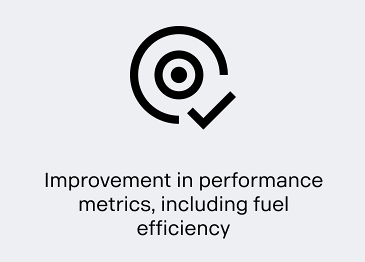
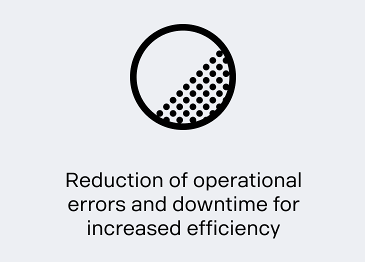
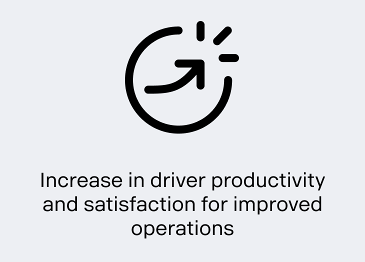
Milestones
The project followed an agile SCRUM framework, with short, iterative sprints enabling the team to adapt quickly based on feedback and ensure continuous improvement. Daily stand-ups maintained team alignment, while sprint planning and reviews allowed for prioritization and regular progress checks with stakeholders. Retrospectives helped the team reflect and improve after each sprint. User research and impact mapping played a crucial role in ensuring the product was user-centric. Early prototypes were tested frequently, and insights from real users helped guide design decisions. Impact mapping ensures features are aligned with both user needs and business goals.
Cross-functional collaboration was emphasized, bringing together teams from various disciplines to ensure a holistic approach to development. Regular team meetings helped integrate these different perspectives, which strengthened the overall design and functionality of the product. Continuous engagement with stakeholders through sprint reviews and feedback loops kept the project aligned with Scania’s strategic goals. Finally, incremental delivery allowed for continuous testing and refinement based on real-time user feedback, ensuring the product evolved in response to real-world requirements and challenges.
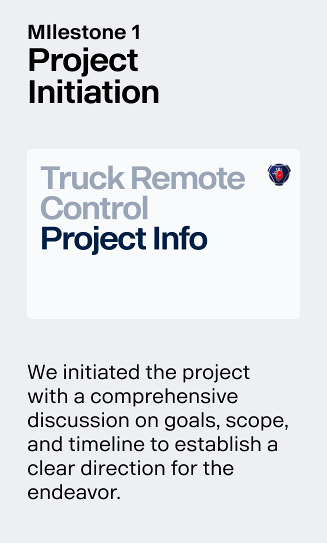
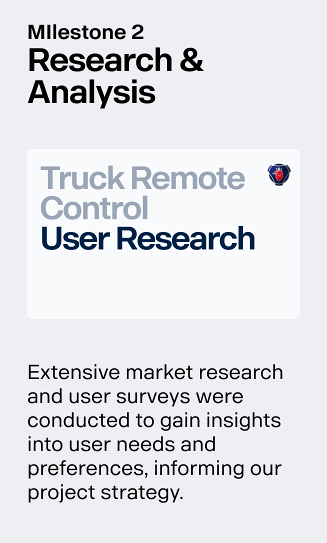
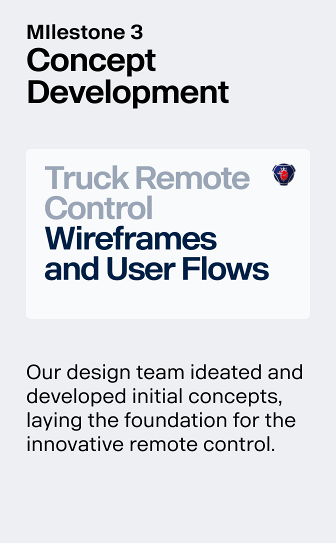
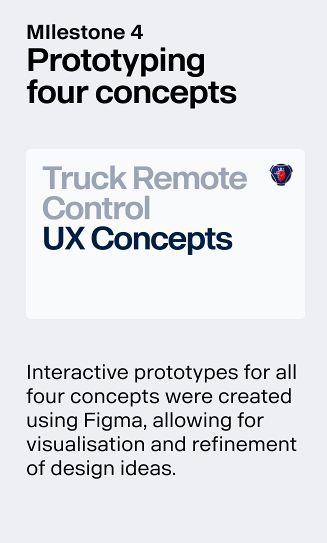

Conclusion
The Scania Remote Control Project exemplifies the impact of effective leadership in driving innovation and success. Through visionary leadership, cross-functional collaboration, empowerment, adaptability, and stakeholder engagement, the project achieved its goals and set a foundation for future initiatives. The lessons learned from this project can serve as a guide for leaders in other organizations aiming to navigate complex challenges and foster a culture of collaboration and innovation.









